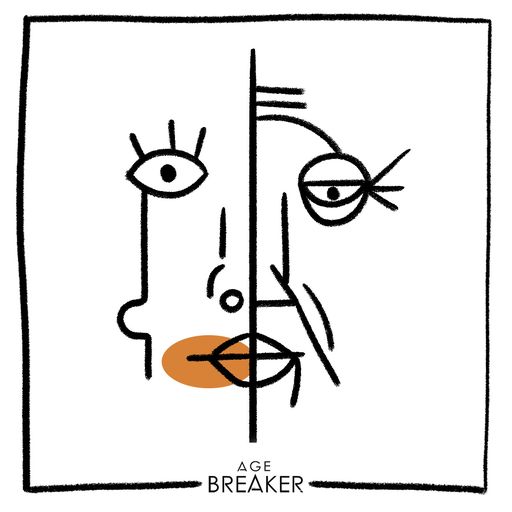Perceived age is a combination of chronological age and psycho-sociological age. Based on temporal markers such as wrinkles, it is also closely linked to subjective factors such as self-image.
Perceived facial age is scientifically associated with general aging. A cohort study of 2,679 subjects, based on data from the Rotterdam study, showed that a high perceived age, 5 years higher than chronological age, is associated with more osteoporosis, cardiovascular disease, lung disease, hearing loss, cataracts and cognitive decline (1).
Even more surprisingly, a team of Dutch researchers established a correlation between glucose metabolism and perceived age, assessed by facial photos in 602 patients. The result: perceived age increased linearly with glucose levels, even in non-diabetic subjects (2).
This suggests that glycation is the mechanism linking glucose levels and perceived age. Thus, by acting on skin proteins (collagens, etc.), glycation, the reaction of glucose with amino acids, generates AGEs that lead to skin aging, itself associated with perceived aging.
Accelerated systemic aging and cognitive aging are thus visible from the outside on the human face.
Systematically assessed by doctors, the perceived age of the face makes it easy to assess a patient’s risk of accelerated aging.
© AGE Breaker updated 06 2023
[Glycation is one of the major causes of aging. Resulting from the fixation of sugars on the proteins constituting the organism, glycation generates toxic compounds that cause cellular aging. Glycation is particularly involved in metabolic disorders, skin aging and cognitive decline.] [AGE BREAKER, patented nutritional supplements, based on rosmarinic acid, recognized by aging specialists around the world for their properties to reverse the effects of glycation.]More on www.agebreaker.com
#agebreaker #glycation #antiaging #longevitymedicine #preventivemedicine #preventivehealth #skinaging #4pmedicine #advancedglycationendproducts
(1) : S. Mkic et Al. Younger facial looks are associate with a lower likelihood of several age-related morbidities in the middle-aged to elderly. British Journal of Dermatology, Volume 188, Issue 3, March 2023, Pages 390–395, https://doi.org/10.1093/bjd/ljac100
(2) : R. Noordam and Al. High serum glucose levels are associated with a higher perceived age. Age (Dordr). 2013 Feb; 35(1): 189–195. doi: 10.1007/s11357-011-9339-9.









